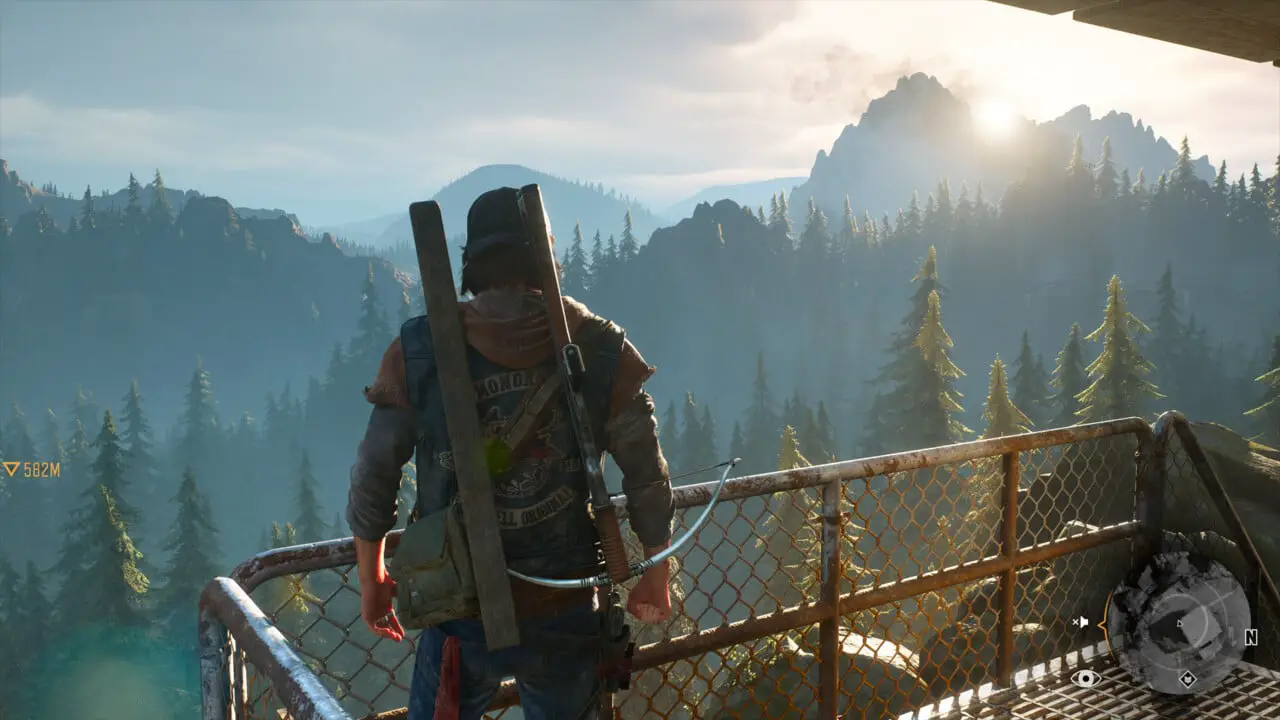Days Gone in the technology test – ComputerBase
: Test |CUP | Specs |Config
Days Gone was previously a PlayStation 4 exclusive, but following Horizon Zero Dawn, Sony has now brought the open-world zombie game to PC as well. The technology test shows that it offers chic, if not groundbreaking, graphics. In return, the performance is above average.
Sony’s PlayStation games also for the gaming PC
After Sony had treated its own games published exclusively for PlayStation the same way for years, namely as titles only available on the PS, there was a small revolution last year: First Death Stranding (test) found its way onto the PC and then also Horizon Zero Dawn (test). The latter work in particular meant an extraordinary step, since it is one of the most important and best Sony games ever.
With the two-year-old Days Gone, Sony’s third game previously available exclusively for PlayStation is now coming to the PC. This is neither a top title of Horizon Zero Dawn’s caliber in terms of play nor technology, but it is definitely a fun adventure that relies on an open game world with zombies. The test clarifies how good the PC version has become and which hardware is required for it.
With Unreal Engine 4 and only DX11
Death Stranding and Horizon Zero Dawn use an engine specially developed by Sony and the DirectX 12 API on the PC. SIE Bend Studio, the development team of Days Gone, on the other hand, relies on the Unreal Engine 4 on “standard goods” including DirectX 11. Graphically, the game will not amaze anyone, but the optically slightly improved PC version looks good overall.
So Days Gone can score with a quite chic open game world including a high level of foresight and a fairly detailed character representation. In addition, the artistic style is successful and creates an atmospheric atmosphere. In terms of lighting, detail and animation quality, Days Gone is clearly behind the PC version of Horizon Zero Dawn, which is actually two years older.
AMD and Nvidia are not on board
Days Gone doesn’t appear to be part of AMD’s or Nvidia’s developer program, and there aren’t any graphics effects from either manufacturer in the game. Ray tracing (in the absence of DirectX 12) or Nvidia DLSS is also not supported.
Lots of default graphics options
The Days Gone graphics menu offers four different presets and individually adjustable options on the PC. In addition, there is an in-game downsampling and upsampling that can set the resolution in 1 percent increments between 10 and 200 percent. Although the latter is absolutely to be welcomed, there are no other comfort functions. Neither an FPS limiter nor more precise details on the individual graphics options can be found. On the plus side, any changes you make to the options will be applied to the game immediately and without delay.
The Days Gone graphics menu
image 1 from 2
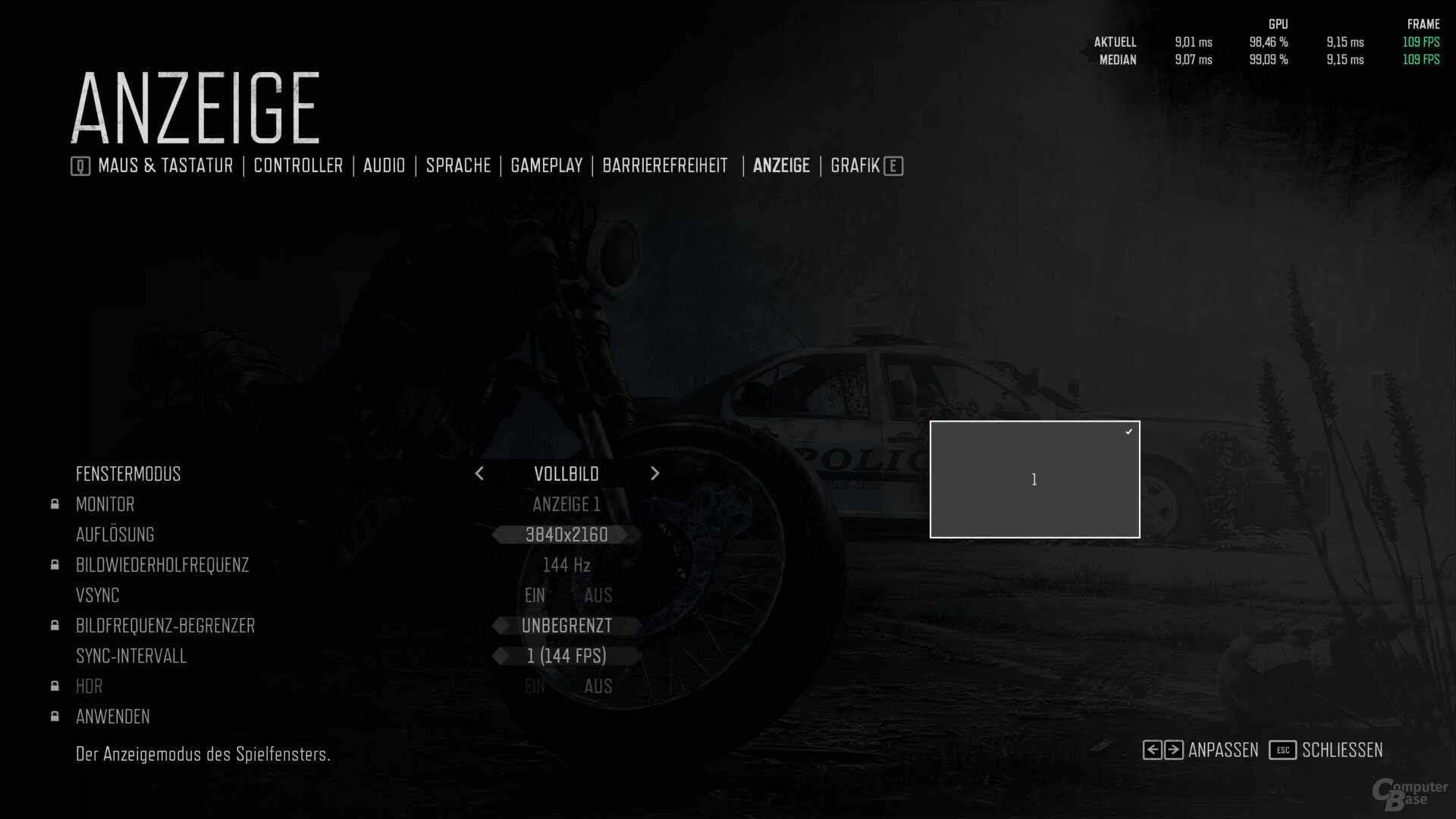
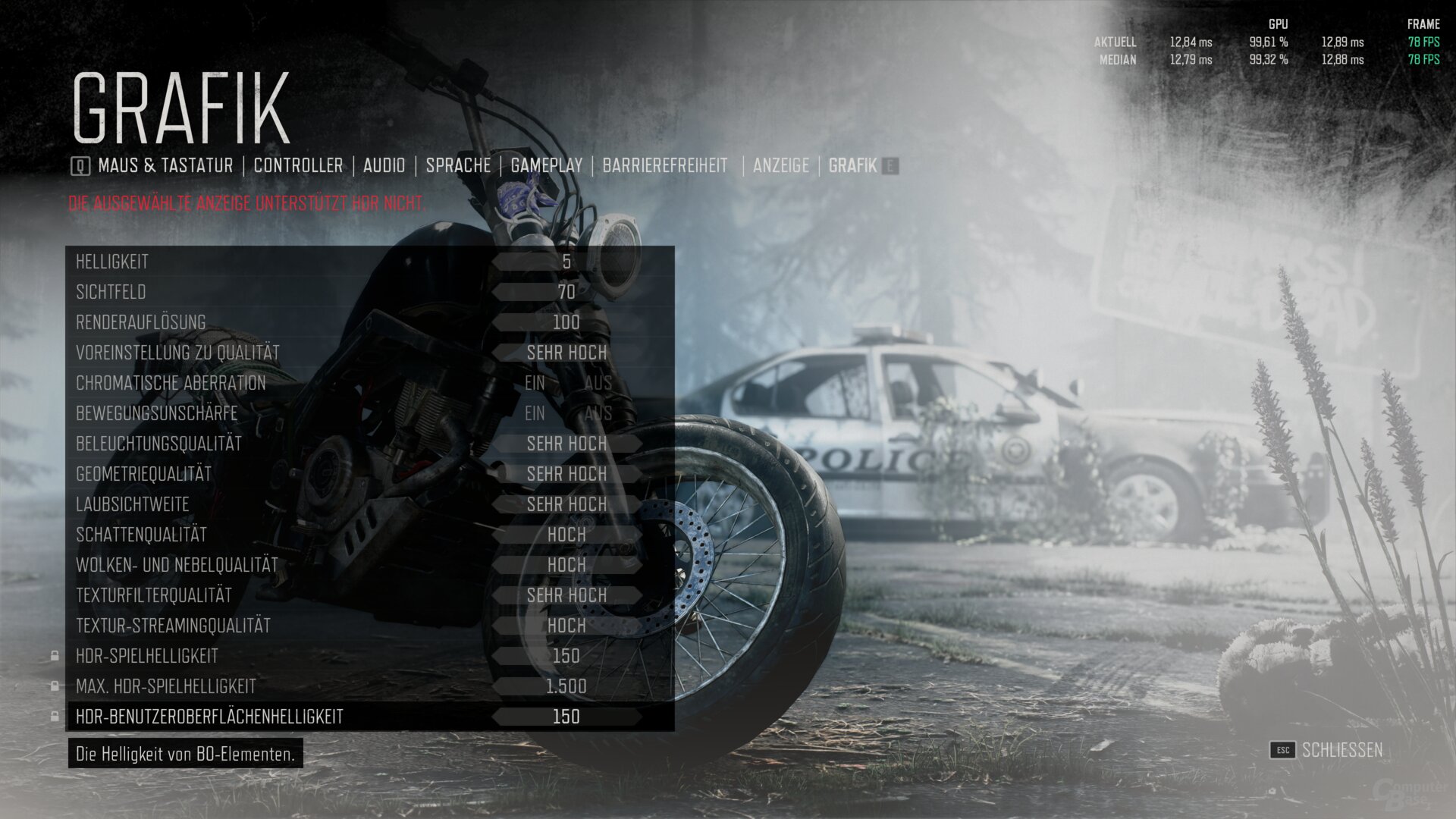
Presets with visible differences
With “Very High”, “High”, “Medium” and “Low”, Days Gone offers four different graphic presets, with “Very High” also representing the maximum possible graphic quality. There are clearly visible differences between all presets. Between “high” and “very high” this is obviously only based on one aspect: “very high” seems to use a completely different surrounding masking. This applies to significantly more objects than with the high preset. Furthermore, the high setting has the peculiarity of darkening some objects far too much, which looks unnatural. And the combination of the two properties then has a clear visual impact.
The biggest differences are also evident in the middle preset with the surrounding masking. Because at this level it is simply switched off completely, which looks strange, especially with the numerous vegetation. In addition, the LOD works much more aggressively. Apart from that, there are hardly any differences. With the low preset, it is no longer possible to switch off ambient occlusion, but the shadows can still be switched off. And that’s the biggest difference. The high preset should therefore be used as a minimum whenever possible. If the frame rate allows it, “Very High” is preferable.
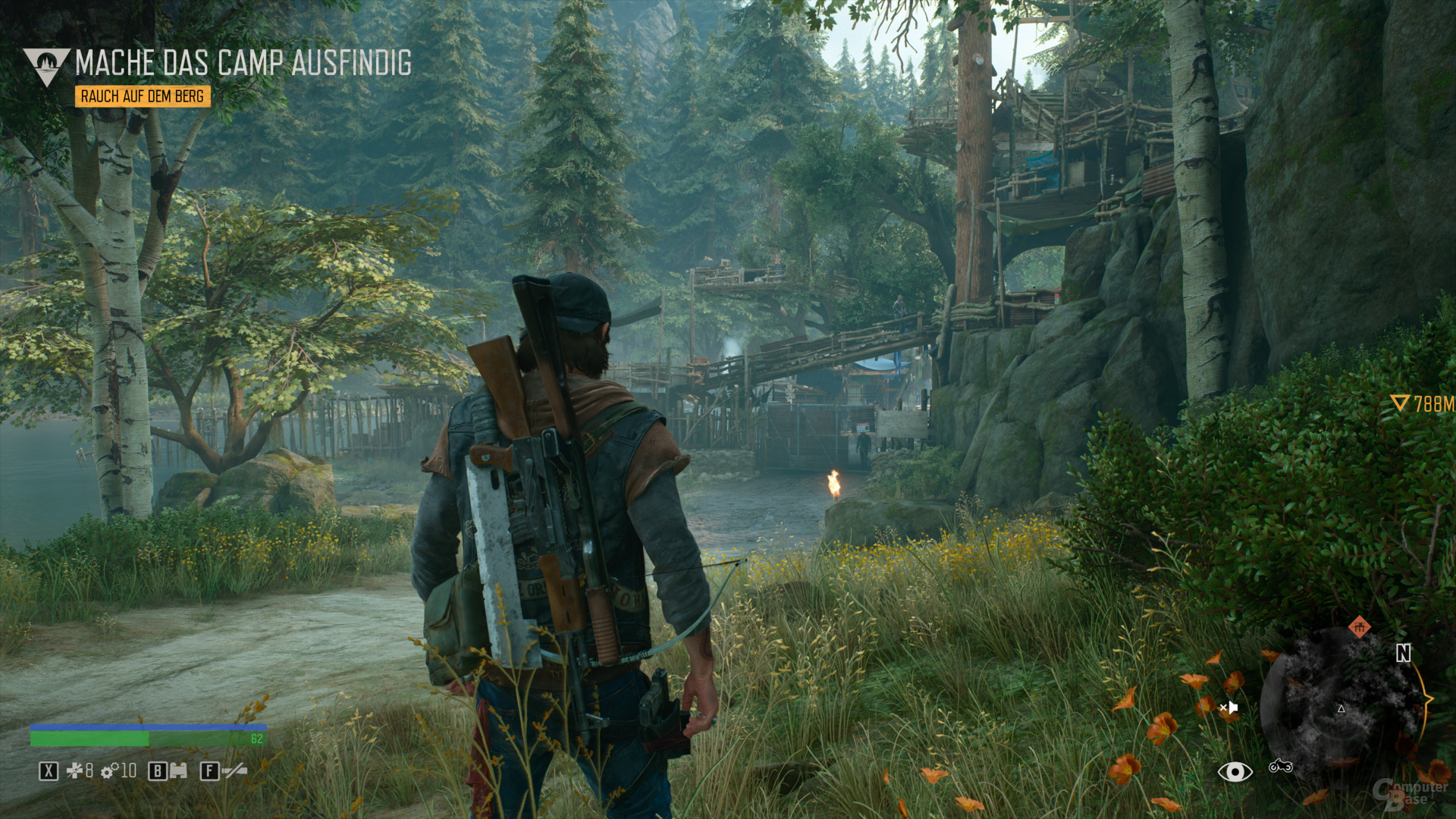
Very High Preset
image 1 from 4

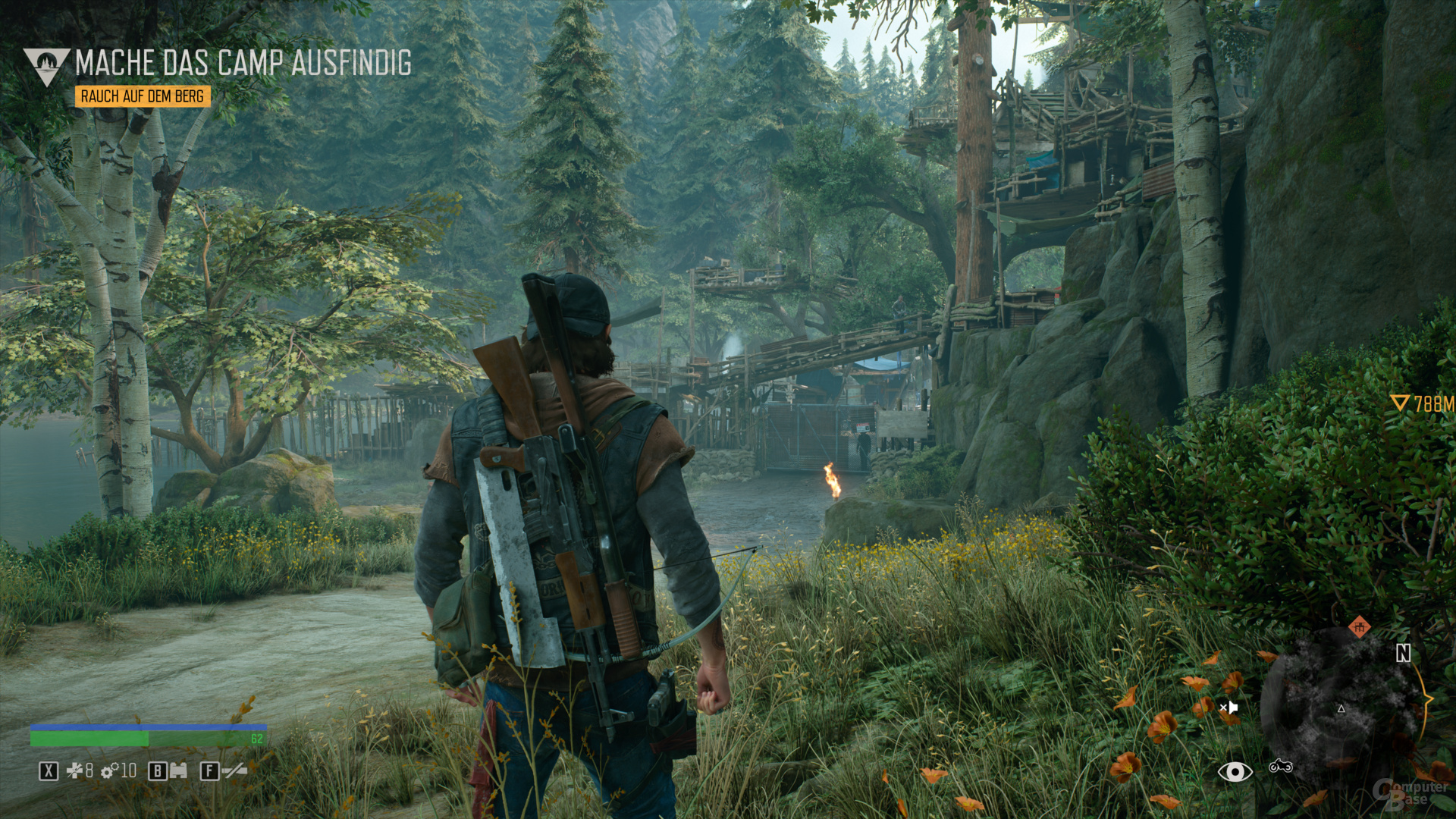
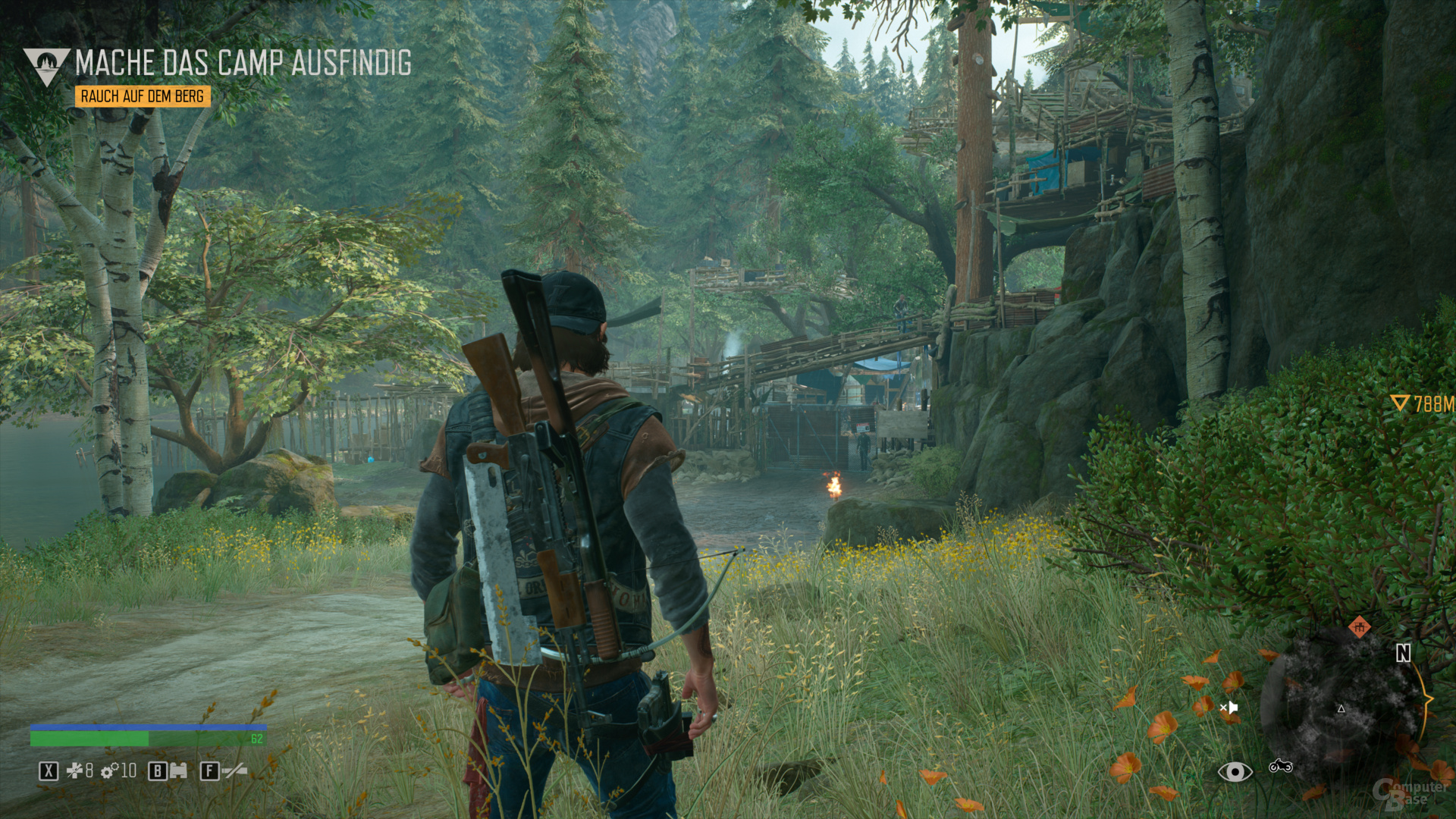
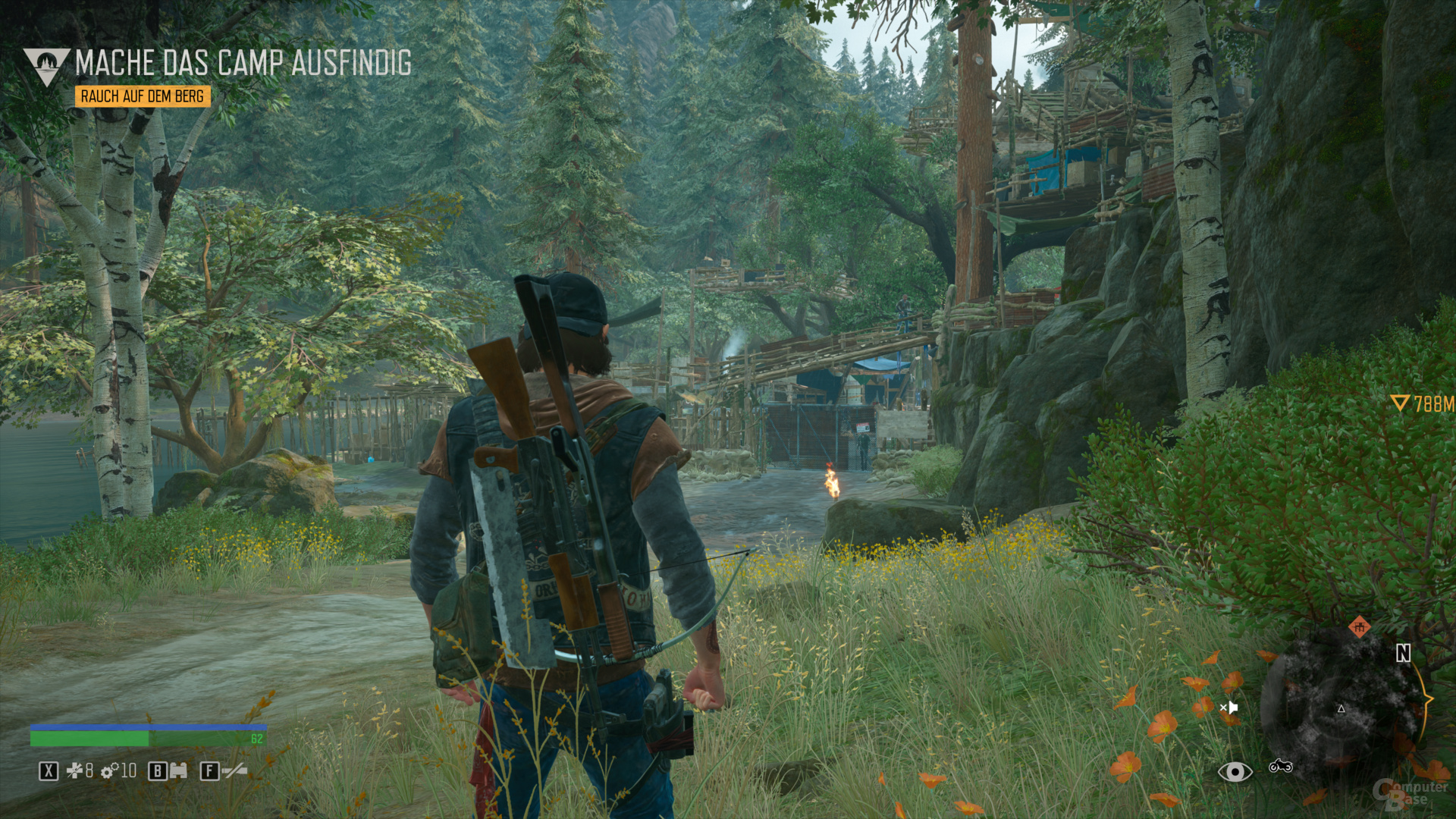
AMD and Nvidia graphics cards lose or gain different amounts of performance with the different settings. If you switch back from “Very High” to “High”, you gain 30 percent performance on a GeForce RTX 3080 and 39 percent on a Radeon RX 6800 XT. The medium preset then brings a further boost of 12 percent each, the low setting in turn 25 and 20 percent.
Graphics presets compared – 3840 × 2160
low preset
Mid preset
high preset
Very High Preset
low preset
Mid preset
high preset
Very High Preset
On the next page: benchmarks (FHD, WQHD & UHD), frame times & VRAM usage




